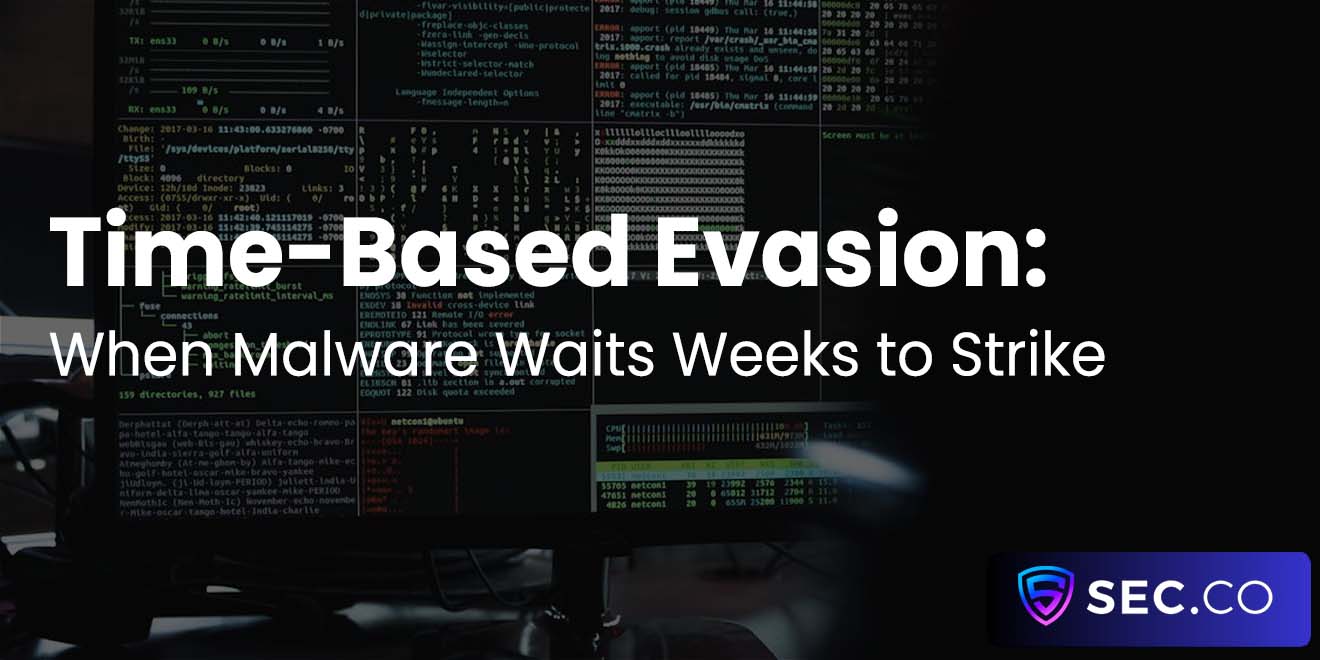Securing APIs in a Multi-Cloud World: Threats and Countermeasures
Congratulations. You’ve adopted a multi-cloud strategy. You’ve gone from managing one unpredictable, semi-coherent cloud platform to juggling three or four, each with its own unique definition of “security,” “compliance,” and “uptime.” And smack dab in the middle of this architectural fever dream? Your APIs. Those sweet, sweet endpoints serving as the veins and arteries of your distributed empire—wide open and just begging for exploitation.
API security in a multi-cloud environment isn't just difficult; it's an exercise in sustained existential dread. And if you thought securing a single-cloud API was tough, multi-cloud APIs are here to laugh at your pain. So grab your coffee, throw on your tinfoil hat, and let's unpack the real threats that make your APIs vulnerable and the countermeasures that'll (hopefully) keep you from starring in the next data breach headline.

Welcome to the Multi-Cloud Circus: Why Your APIs Are the Main Attraction
If you're living the multi-cloud dream, you already know you're the proud owner of five different cloud providers, three conflicting IAM strategies, and zero unified security policies. APIs, bless their little hearts, are the linchpins that glue these Franken-clouds together, exposing internal services to external consumers and, accidentally, to bad actors with too much free time.
The "Universal API Exposure" Problem
Deploying APIs across multiple clouds without a centralized access control strategy is like giving out house keys to everyone who once watered your plants. Each cloud provider comes with its own flavor of IAM, its own syntax, and its own vaguely threatening documentation that says, "Don't mess this up." Unsurprisingly, most organizations do mess this up.
You wind up with half-baked access policies that don’t sync, over-permissioned service accounts lingering like ghosts, and inconsistent identity federation that turns "least privilege" into "least effort." Meanwhile, shadow APIs emerge from every corner—spun up by developers who just needed to "test something real quick." They quietly proliferate across clouds, unmonitored and unaudited, until a botnet finds them.
Authentication Chaos in a Poly-Cloud Universe
One cloud’s OAuth2 implementation is another cloud’s “weird interpretation of the spec.” When you’re federating identity across clouds, expect things to break spectacularly. Token issuance becomes a delicate dance where lifespans get lost in translation, and session management resembles a high-stakes game of telephone.
Misconfigured scopes? Check. Overly permissive refresh tokens? Double check. And don't forget the part where you're caching tokens in all the wrong places, leaking secrets into logs like it's a hobby. Coordinating auth across clouds requires more than just duct tape and faith—it demands centralized identity brokering, token hygiene, and people who actually read RFCs for fun.
Top Threats Lurking in the API Shadows (And Yes, They Want Your Data)
It's cute how some folks still think rate limiting is enough. Multi-cloud APIs are exposed to a laundry list of threats that thrive in the cracks between platforms, and the attackers have gotten very good at finding those cracks. So buckle up.
Man-in-the-Middle and Man-in-the-Cloud Attacks
APIs in multi-cloud setups are often stitched together over public internet pipes with the kind of TLS configurations that were cutting edge in 2016. Attackers, being the helpful creatures they are, love exploiting any downgrade opportunities you accidentally left open. And when APIs authenticate through federated identity providers? Expect attackers to hijack those sessions, siphon off tokens, and ride your infrastructure like a stolen bicycle.
By the time you realize that someone’s been replaying API requests for hours from a location that suspiciously matches "not your office," they’re already scraping customer PII and shopping for Lamborghinis.
Excessive Data Exposure: TMI in the Worst Places
Why return just the requested object when you can return the object, its metadata, the entire database schema, and a complimentary copy of War and Peace? Over-sharing via APIs is the silent killer of multi-cloud systems, particularly when serialization differs between environments.
One cloud defaults to JSON. Another handles XML with all the grace of a falling anvil. Field-level access controls get lost somewhere in translation, and suddenly the API intended to return the user's name also includes their social security number, last five transactions, and internal billing notes.
Countermeasures That Actually Work (No, Hope Is Not a Strategy)
Your "good vibes only" approach to security won't cut it. Multi-cloud API security requires paranoia, rigorous policy enforcement, and a willingness to accept that your developers will hate you for locking things down properly. But hey, at least you'll all still have jobs.
Zero Trust: Stop Believing, Start Verifying
In a multi-cloud world, trust is a four-letter word. Every API call should be treated as hostile until proven otherwise. That means mutual TLS on all internal service-to-service communication, enforcing signed requests, and revalidating tokens on every request like your life depends on it.
Implementing Zero Trust across multiple clouds isn't easy—because surprise, vendors don't agree on what Zero Trust means. But stitching together identity-aware proxies and applying uniform policy layers across clouds is the first step toward making it less of a marketing term and more of a survival tactic.
API Gateway Orchestration at Scale
If you're not already using API gateways across your clouds, congratulations on living dangerously. Managing multiple gateways—each with its own quirks and limitations—requires orchestration. You'll need consistent security policies pushed across environments, centralized rate limiting, and real-time monitoring that alerts you before the Reddit thread about your breach goes viral.
The challenge? Avoiding bottlenecks without opening the floodgates. If you're not balancing traffic scrubbing with performance, you're just moving the problem around and hoping nobody notices.
The Logging and Monitoring Disaster You’re Pretending Isn’t Happening
Here's the hard truth: your logs suck. They're inconsistent, incomplete, and about as helpful in a crisis as a broken fire alarm.
Correlating Logs Across Clouds: Herding Cats, But Worse
Different cloud vendors timestamp logs in unique ways. One uses UTC. Another uses "whatever the intern thought looked right." And cross-cloud trace IDs? Good luck finding anything coherent. By the time you correlate that weird spike in API errors, the attacker has already pivoted to your other cloud and is playing hide-and-seek with your SOC team.
The only real solution is centralized aggregation with tight parsing rules, aggressive normalization, and automation that can find patterns faster than your overworked analysts.
Anomaly Detection Without the False Positive Meltdown
When every slight blip in traffic sets off a dozen alerts, people stop paying attention. Effective anomaly detection in a multi-cloud world means tuning your models to understand the context of your chaos. Machine learning can help, but only if you feed it something better than garbage. Start with historical baselines, continuously train, and be ready to throttle alerts before they become background noise.
The Future of Multi-Cloud API Security (Or: How to Survive the Next Decade)
Assuming you're still in the game five years from now, API security will have evolved—and so will the attackers. You'll need to stay nimble.
Decentralized Identity and Cross-Cloud Federation
The dream of unified identity across clouds remains as elusive as a stable Wi-Fi connection on an airplane. Emerging technologies like decentralized identifiers (DIDs), verifiable credentials, and identity meshes promise to smooth out some of the rough edges. Or at least replace your current headaches with newer, trendier ones. Just don’t expect a single solution to handle it all. Layering redundancy and fallback mechanisms will still be mandatory.
Automation: Because Humans Are Too Slow
Manual intervention? Cute. The only way you're keeping pace with automated attacks is by automating your defenses. Policy-as-code, auto-remediation, and AI-powered threat response are the bare minimum going forward. Think of it as fighting fire with fire—just pray your scripts don't go rogue.
Trusted by the Web Community
See what we written lately
Request an invite
Get a front row seat to the newest in identity and access.















